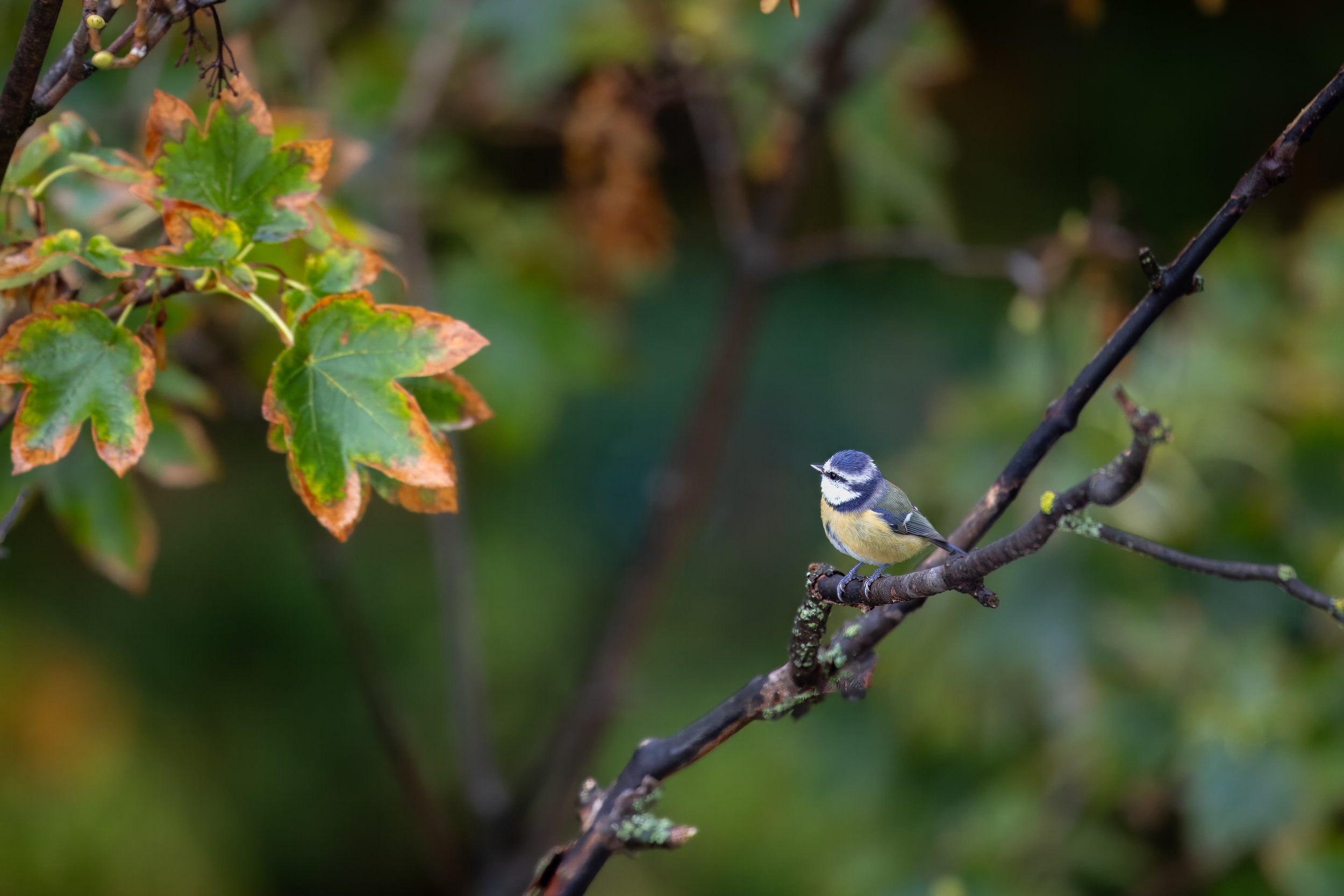
My heart takes wing with these photos.
A collection of feathered friends.
-

Bearded Vulture
The bearded vulture, also known as the lammergeier and ossifrage, is a very large bird of prey in the monotypic genus Gypaetus. Traditionally considered an Old World vulture, it actually forms a separate minor lineage of Accipitridae together with the Egyptian vulture, its closest living relative. It is not much more closely related to the Old World vultures proper than to, for example, hawks, and differs from the former by its feathered neck. Although dissimilar, the Egyptian and bearded vulture each have a lozenge-shaped tail—unusual among birds of prey. It is vernacularly known as Homa, a divine bird in Iranian mythology.
-

Kookaburra - Blue Winged
The blue-winged kookaburra is a large species of kingfisher native to northhern Australia and southern New Guinea. Measuring around 40 cm, it is slightly smaller than the more familiar laughing kookaburra. It has cream-coloured upper and underparts barred with brownish markings. It has blue winds and brown shoulders and blue rump. It is sexually dimorphic, with a blue tail in the male, and rufous tail with blackish bars in the female.
-

Silvery-Cheeked Hornbill
The silvery-cheeked hornbill is a large species of hornbill found in Africa. Silvery-cheeked hornbills are residents of the tall evergreen forests of East Africa from Ethiopia to South Africa. In Zimbabwe it is threatened by habitat destruction and its presence in South Africa is marginal, but it remains locally fairly common, especially in the northern and central parts of its range.
-

Hyacinth Macaw
Description goes hereThe hyacinth macaw or hyacinthine macaw, is a parrot native to central and eastern South America. With a length (from the top of its head to the tip of its long pointed tail) of about one meter it is longer than any other species of parrot. It is the largest macaw and the largest flying parrot species; the flightless kākāpō of New Zealand outweighs it at up to 3.5 kg. While generally easily recognized, it could be confused with the smaller Lear's macaw. Habitat loss and the trapping of wild birds for the pet trade have taken a heavy toll on their population in the wild, so the species is classified as Vulnerable on the International Union for Conservation of Nature's Red List and it is protected by its listing on Appendix I of the Convention on International Trade in Endangered Species of Wild Fauna and Flora (CITES).
-

Snowy Owl
The snowy owl also known as the polar owl, the white owl and the Arctic owl, is a large, white owl of the true owl family. Snowy owls are native to the Arctic regions of both North America and the Palearctic, breeding mostly on the tundra. It has a number of unique adaptations to its habitat and lifestyle, which are quite distinct from other extant owls. One of the largest species of owl, it is the only owl with mainly white plumage. Males tend to be a purer white overall while females tend to more have more extensive flecks of dark brown. Juvenile male snowy owls have dark markings that may appear similar to females until maturity, at which point they typically turn whiter. The composition of brown markings about the wing, although not foolproof, is the most reliable technique to age and sex individual snowy owls.
-

European Bee-Eater
The European bee-eater is a near passerine bird in the bee-eater family, Meropidae. It breeds in southern and central Europe, northern and southern Africa, and western Asia. Except for the resident southern African population, the species is strongly migratory, wintering in tropical Africa. This species occurs as a spring overshoot north of its usual range, with occasional breeding in northern Europe.
-

Military Macaw
DescriptionThe military macaw is a medium- to larger-sized macaw, named after its green and red plumage vaguely resembling a military uniform. It is native from west-central México south through northern Argentina and Bolivia. While most wild populations are currently listed by the IUCN as vulnerable—and listed as endangered by México—, the species is still seen commonly in zoos and parks worldwide. The military macaw may be bred in captivity with relative ease, and is usually available through the pet trade. It is among the longest-lived[3] and most expensive bird species one can own, requiring advanced knowledge, experience and confidence to keep them healthy, stimulated and thriving. goes here
-

Bearded Barbet
The bearded barbet was formally described in 1788 by the German naturalist Johann Friedrich Gmelin in his revised and expanded edition of Carl Linnaeus's Systema Naturae. He placed it with the puffbirds in the genus Bucco and coined the binomial name Bucco dubius. The specific epithet is Latin meaning "doubtful" or "dubious". John Latham had earlier included the species in his work A General Synopsis of Birds and had written "This bird inhabits the Coast of Barbary, and if of doubtful genus". Both Gmelin and Latham based their description on "Le Barbican" that had been described and illustrated in 1780 by the French polymath Comte de Buffon. The bearded barbet is now placed with 12 other barbets in the genus Lybius that was introduced in 1783 by the French naturalist Johann Hermann. The species is monotypic: no subspecies are recognised.
-

Kea
The kea is a species of large parrot in the family Nestoridae found in the forested and alpine regions of the South Island of New Zealand. About 48 cm (19 in) long, it is mostly olive-green, with brilliant orange under its wings and has a large, narrow, curved, grey-brown upper beak. Its omnivorous diet consists mainly of roots, leaves, berries, nectar, and insects, but also includes carrion. It was once killed for bounty due to concern by sheep-farmers that it attacked livestock, especially sheep. The kea is now uncommon, and received absolute protection under the Wildlife Act in 1986.


